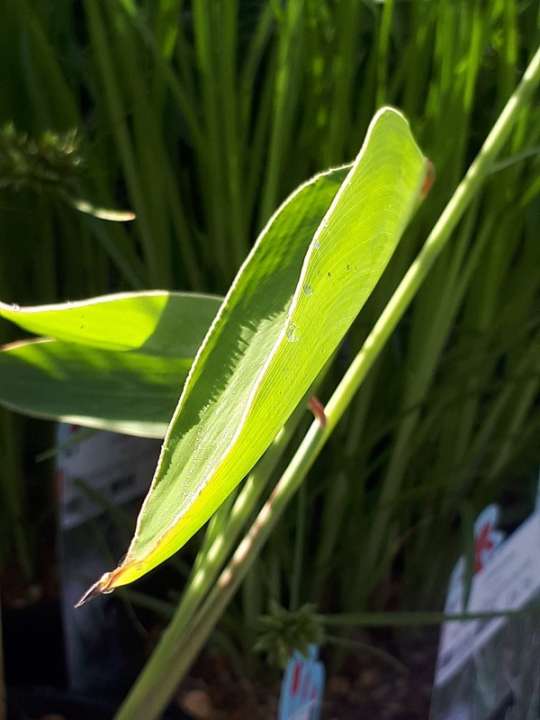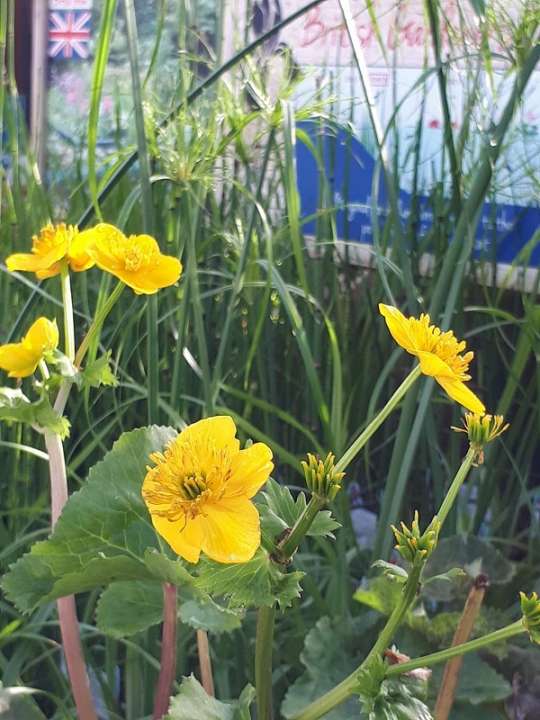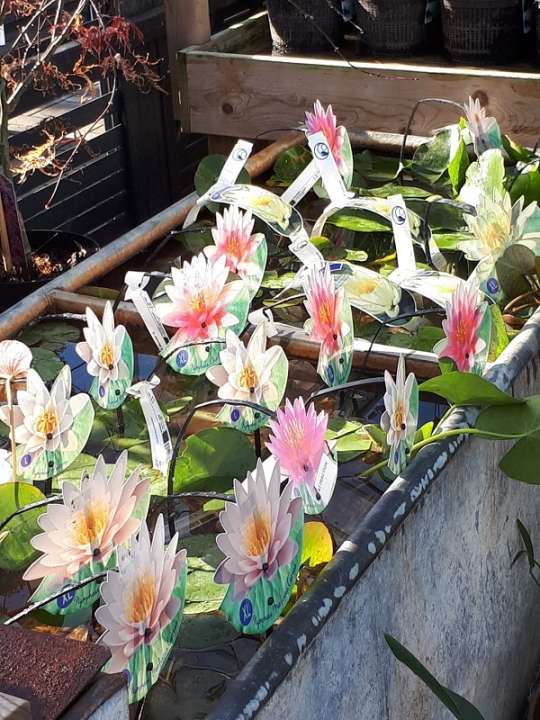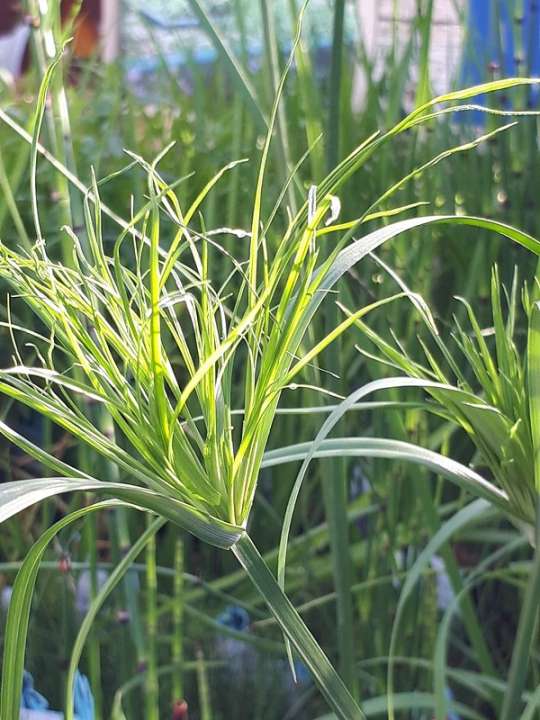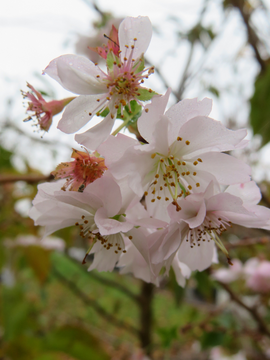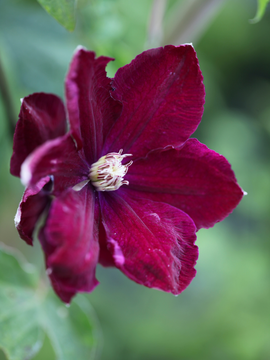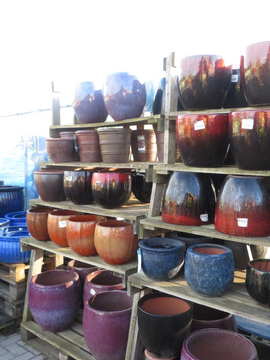
If you want wildlife in a garden environment then installing a pond is probably the best addition you could install. Water provides all essentials for wildlife including visiting birds, frogs, newts and dragonflies. Pond plants provide shelter, somewhere for emerging water wildlife to use, food and nectar. Using a range of plants will provide essential cover and food for most of the year.
When adding aquatic plants to a pond to encourage wildlife planting depths are key to the success of the plants thriving.
Pond Side Plants / Zone 1: These are moisture loving plants that enjoy having their roots in damp soil and must not be allowed to dry out. Conversely they must not be allowed to become waterlogged either. Pond side plants are ideal for planting in bog gardens and moist areas around a pond. Plants that enjoy these conditions are Gunnera, certain Ferns, Hostas, Iris sibiica, Lobellia, Lythrum salicaria and Primulas
Marginal Plants / Zone 2 & 3: These plants grow in shallow waters around the edge of a pond typically needing between 10cm and 45cm water depth. Many plant options provide colour and are great for providing clumps in the shallow water. These plants are especially important for wildlife providing platforms for emerging dragonflies, shelter for fish and tadpoles. With careful selection flower can be provided from February through to October. Plants that enjoy these conditions are: Acorus, Butomus, Cyperus, Equisetum, Caltha palustris, Iris, Lobellia, Lythrum salicaria, Mentha, Menyanthes, Oenanthe, Pontaderia, Thalia, Typha and Sagittaria.
Deep Marginals & Nymphae / Zone 4: Plants in this zone grow in the deepest part of a pond with their roots rooted in the bottom or aquatic baskets. The plants typically have foliage and flowers on long stems that reach the water surface. The foliage and flowers provide cover for fish and aquatic life. The foliage also provides shade that reduces the growth of algae. Plants that enjoy these conditions are: Aponogeton, Nymphaea.
